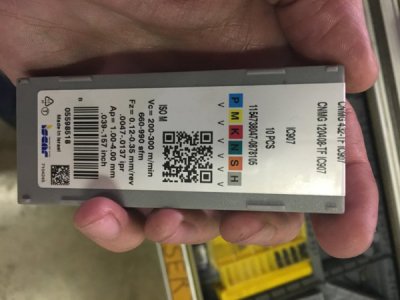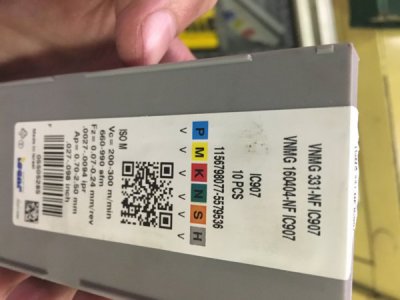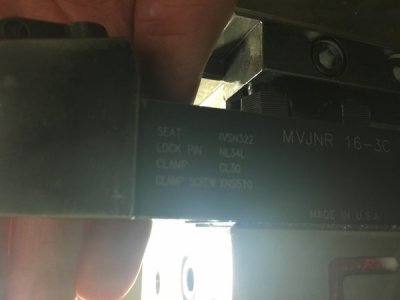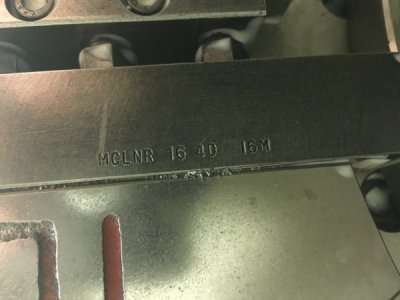4
4GSR
Forum Guest
Register Today
I'm not sure what kind of info to provide. It's a 3 jaw chuck, that holds onto roughly 1/4" of material. The material is 6" diameter and maybe 1.25" thick. About a inch of material is to be bulked off, on the outer edge, as well as some bulk facing... Sorry about my terminology. Also trying not to tell too much about the part, don't want to get into any kind of trouble. I don't have the best memory of the part, so things are a bit vague. Believe it was mild steel. I'm not the programmer either, nor understand any of it.
They are chucking on about an 1/4" of the 6" OD disk that is 1-1/4" thick.
The jaws are probably sprung on the old 3-jaw chuck and more than likely were not bored out properly. And because of this, the part has probably poped out of the chuck a few times and causing all sorts of excitement. Because of this, they are just "babying" the making of the part. That's probably the reasoning of why they are taking such small cuts in machining of the parts. Also makes me wonder if they are cutting on some high strength material that is giving them HAVIC trying to cut it. Even though he said that it maybe mild steel.
Last edited by a moderator:





